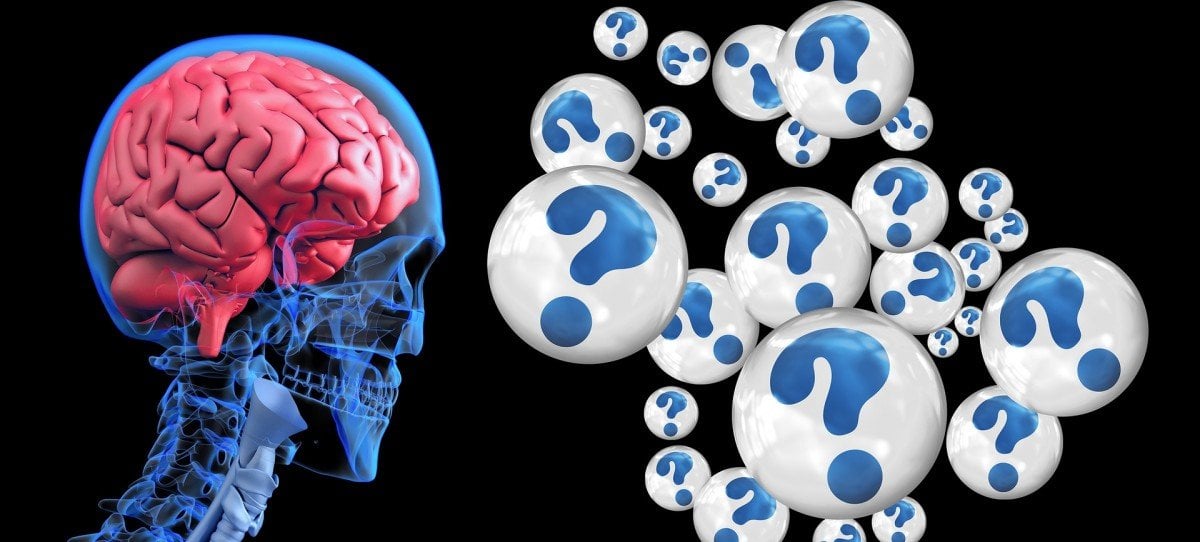
Dementia – the still incurable, continuous deterioration of the brain due to the death of brain cells – is associated with the loss of memory and ultimately the complete loss of cognitive, emotional and social abilities. In the late stages of the disease, patients experience a complete loss of speech and need 24/7 care.
The most common form of dementia is Alzheimer’s disease, which affects around 65 percent of dementia patients worldwide. The second most common type of dementia is, with 15 percent, vascular dementia, which usually occurs as a late effect of strokes. In most cases, people over the age of 60 develop dementia and women have a significantly higher risk of developing Alzheimer’s than men. According to estimate numbers from Alzheimer’s Disease International, around 46.8 million people worldwide suffer from dementia and around 7.7 million new cases are diagnosed every year. According to figures from the German Federal Ministry of Education and Research, in 2050, three million people in the country could suffer from dementia.
One typical characteristic of Alzheimer’s disease is the loss of nerve cells, which can amount to up to one-fifth of all cells. In addition, the signal exchange between the remaining nerve cells is disrupted. The causes of dementia and Alzheimer’s are still largely unknown. Theories range from inflammations, bacteria, viruses, and fungal infections to heredity, and infection.
A gene called TREM2
Researchers at the Ludwig Maximilian University in Munich have now found a trigger for Alzheimer’s disease: Defective immune cells, or more precisely mutations of the TREM2 gene, can considerably increase the risk of developing Alzheimer’s disease. Normally, TREM2 activates the immune cells of the brain to remove toxic deposits.

Another hallmark of Alzheimer’s disease is the appearance of insoluble and toxic protein deposits called amyloid plaques in the brain. Alois Alzheimer (1864-1915), who discovered the disease, was already able to observe these protein deposits in brain tissue. In fact, special macrophages, known as microglia, protect the brain by clearing them from plaques. TREM2 is responsible for the activation of these cells. Researchers led by Christian Haass (Professor of Metabolic Biochemistry at LMU Munich, Coordinator of the Munich Branch of the German Center for Neurodegenerative Diseases (DZNE) and a leading Alzheimer’s researcher) have now characterized the progression of the disease in mice with the normal TREM2 gene, and compared its course with that in mice in which the gene had been deleted.
The observed that, during the early phase of the disease, microglia cells collected around small plaques in mice with intact TREM2 and effectively prevented their growth and dissemination. “We were able to show that microglia are specifically attracted to new born amyloid plaques. The cells surround individual plaques and progressively degrade them,” Haass explains. This process did not take place in mice without TREM2, therefore, a therapeutic activation of TREM2 in an early stage of the disease could help to prevent the build-up of toxic deposits and thus the progression of Alzheimer’s disease.
Therapy only in an early stage
However, the study results also showed that such therapeutic approaches are not without problems. “Our study thus underlines the fact that great care must be taken to characterize the effects of every new therapeutic strategy in detail in animal models before they can be tested in humans,” says Haass. “In light of our results, overactivation of microglia could accelerate rather than ameliorate the progression of the disease, with disastrous consequences.”
The molecule that prevents plaque formation in the early stages of the disease seems to have the opposite effect at a later stage: The rates of plaque growth were higher in mice with TREM2 than in mice without TREM2. The explanation of this phenomenon is that that TREM2 in the microglia also stimulates production of the protein ApoE, which promotes the aggregation of plaques.
Activation of microglia via TREM2 would therefore only make sense at an early stage of the disease. “Our findings indicate that future therapies will need to be applied in a stage-specific manner,” confirms Haass. “Based on the outcome of our study, activation of microglia by TREM2 would be a useful strategy to apply during the early phase of the condition.”
Haas and his colleagues are already working on developing antibodies that are capable of stabilizing the TREM2 protein, thus increasing its ability to activate microglia. “All of the genetic alterations that are associated with increased risk of developing Alzheimer‘s affect the process of plaque formation,” Haass points out.
Cover picture: Pixabay

